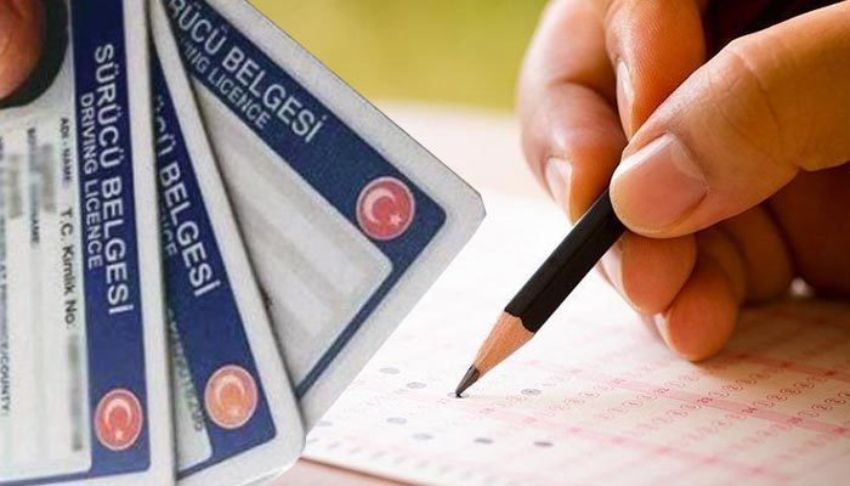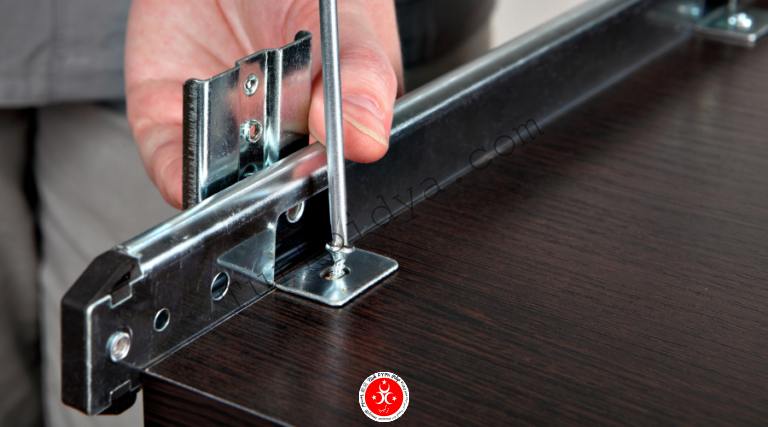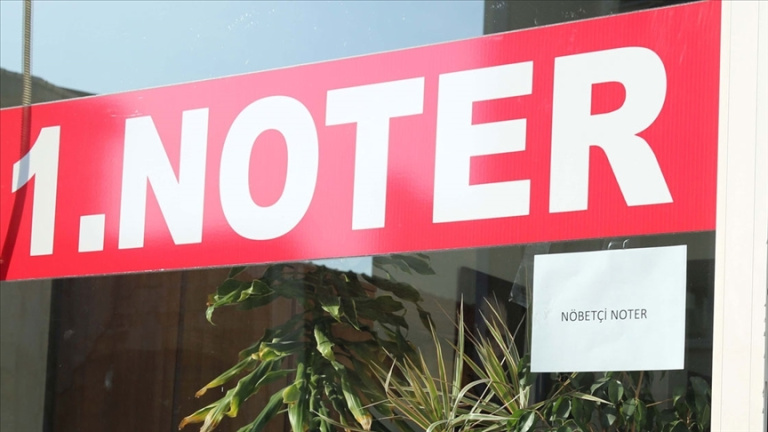Table of Contents
The driving license test in Turkey is the definitive step that qualifies you to acquire a Turkish driver’s license. The process is rigorous and consists of two distinct parts: a theoretical evaluation (e-exam) and a practical steering test.
While the process might seem daunting, you can learn to drive and navigate the system with the right preparation. Driving schools manage the entire process, including booking your exam appointments. However, be prepared for significant updates in 2025, particularly regarding costs and evaluation standards.
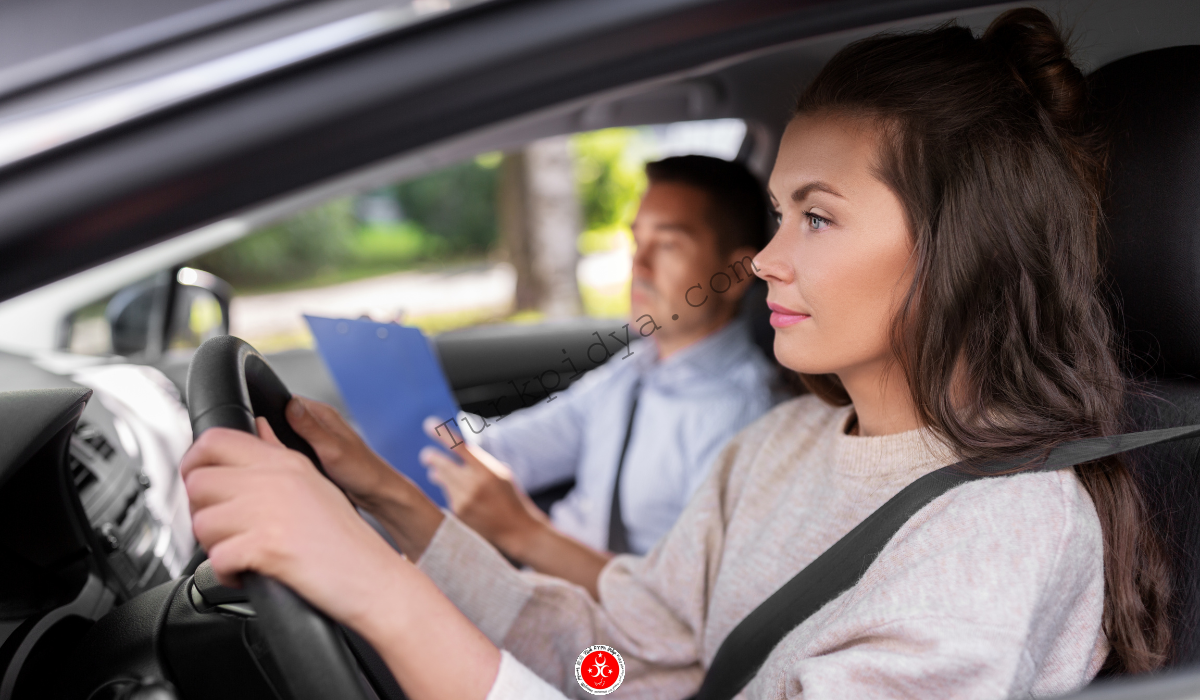
About the Driving License Test in Turkey
The driving license exam is the gateway to legally driving in Turkey. Once you pass, your license is valid across all 81 provinces. Whether you are an expat working in Istanbul or an international student applying for a university in Turkey, having a license offers immense freedom.
The assessment is divided into two stages: the theoretical knowledge test and the practical driving test. You must successfully pass the theoretical exam before you can take the wheel for the practical exam.
Theoretical Driving Exam in Turkey (e-exam)
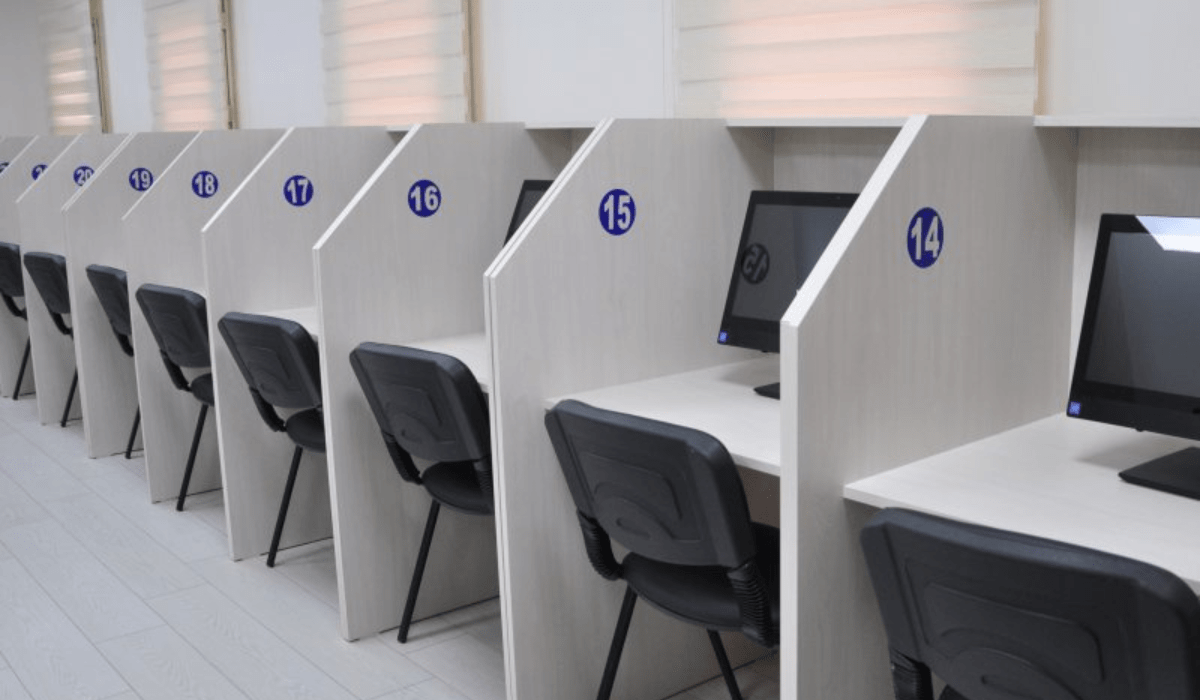
The electronic driving license exam, known as the e-exam, is administered via computer at designated centers. Anyone who enrolls in a driving school and completes the required theoretical training is eligible to apply.
This system tests your knowledge of traffic rules, first aid, and vehicle mechanics electronically, eliminating the need for paper documents. Candidates answer questions using specialized e-exam software, which allows for immediate results.
The exam consists of 50 questions covering first aid, traffic rules, engine mechanics, and traffic etiquette. The duration is strictly set at 45 minutes. To pass, you must score at least 70 points, which means answering at least 35 questions correctly.
Appointments must be made in advance. If a candidate fails, they must wait a minimum of 15 days before retaking the test. Be aware that failing an exam now carries a heavier financial burden due to increased fees in 2025.
2025 E-Exam Fees
As of 2025, the cost of the e-exam has risen to 900 TL (approximately $21 USD). This fee is typically paid through state banks like Ziraat, Halk, or Vakıf Bank via mobile banking or ATMs. It is crucial to handle these payments promptly, as unpaid fees will prevent you from sitting for the exam.
Candidates are granted a total of four attempts to pass the exam. Before the test, you will need an entry document from your driving school and your valid ID or residence permit. Note that if your documents are in a foreign language, you might need notarization in Turkey for translation purposes during registration.
Language Support: Many centers offer the theoretical test in languages other than Turkish, including Arabic and English. Ensure you request this option when registering with your driving school.
Practical Driving Test in Turkey
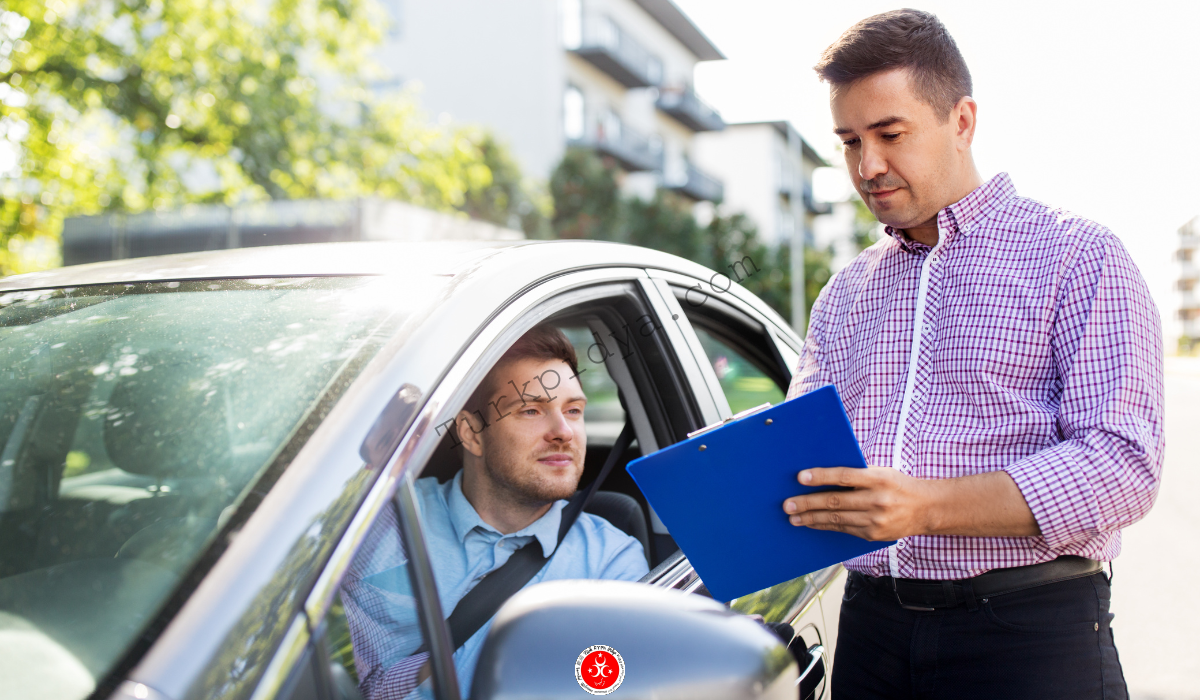
Once you pass the e-exam, you move on to the practical driving test. These exams are typically held on weekends (Saturdays or Sundays) between 08:20 and 17:10. It’s important to check the calendar, especially around public holidays in Turkey, as schedules may shift.
Updated Duration and Fees (2025)
For 2025, the practical exam duration has been extended to 40 minutes to allow for a more comprehensive assessment of your driving skills. The fee for the steering exam is now 1,350 TL.
Warning on Retakes: Failing the steering exam is costly. If you fail, you cannot simply retake the test; you are required to take mandatory remedial driving lessons (usually 2 hours). The total cost for a retake, including lessons and fees, is now approximately 4,000 TL.
During the exam, you will be accompanied by two commission members and your master instructor. The evaluation is strict, and you must arrive on time with your exam entry document and ID.
The standard test procedure involves 19 key steps:
- Checking Tire Pressure: Visually inspecting (kicking lightly) the tires to ensure sufficient pressure.
- Vehicle Components: Identifying the engine, battery, oil, and coolant under the hood.
- Opening the Hood: Correctly locating the lever and securing the hood.
- Fluid Check: Pointing out the windshield washer fluid and engine coolant compartments.
- Trunk Check: Showing the spare tire, jack, reflector, and first aid kit in the trunk.
- Cabin Preparation: Adjusting the seat, mirrors, and fastening your safety belt immediately upon entering.
- System Check: Checking the handbrake, footbrake, and turning on the lights/wipers if asked.
- Dashboard: Verifying the vehicle is running and understanding the instrument panel (tachometer, speedometer).
- Gear Shifting: Smoothly shifting gears using the clutch.
- Turn Signals: Using signals for every turn and lane change (forgetting this is a major error).
- Handbrake: Properly releasing the handbrake before moving and applying it when parking.
- Smooth Start: Starting without stalling or jerking the vehicle.
- Steering Control: Holding the wheel correctly (usually 9:15 position) with both hands.
- Lane Discipline: Changing lanes safely and only when appropriate.
- Traffic Lights: Strictly obeying all traffic signals.
- Reverse Drive: Reversing in a straight line for at least 25 meters without deviating.
- Parking: Successfully performing parallel parking (L-park) between cones without touching them.
- Stopping: Bringing the vehicle to a controlled stop.
- Exiting: Securing the vehicle (neutral gear, handbrake up) and exiting safely.
The Color-Coded Error System (Red, Yellow, Blue)
Gone are the days of subjective grading. The Turkish driving test now uses a strict color-coded system to evaluate mistakes. You must avoid these specific errors to pass.
- 🔴 Red Errors (Immediate Fail): Committing just one of these ends your exam immediately.
- Not fastening the seat belt.
- Running a red light.
- Driving under the influence (alcohol/drugs).
- Speeding or failing to maintain speed limits.
- Hiting the pavement or cones during parking.
- Failing to give right of way to pedestrians.
- 🔴 Red Errors (Immediate Fail): Committing just one of these ends your exam immediately.
- 🟡 Yellow Errors (Warning): Committing two of these results in failure.
- Stalling the engine (you are often allowed one stall; the second is a fail).
- Failing to check mirrors properly.
- Minor signaling errors.
- Incorrect steering wheel grip.
- 🟡 Yellow Errors (Warning): Committing two of these results in failure.
- 🔵 Blue Errors (Minor): Committing five of these results in failure.
- Failing to identify vehicle components (like engine parts or trunk items) during the initial check.
2025 Total Costs & Probationary License
Obtaining a license has become a significant investment. As of 2025, the total cost, including course fees, exam fees, and government taxes, often exceeds 25,000 TL (approximately $585 USD). The government license fee (Harç + Valuable Paper) alone is now 7,438.60 TL for a Class B license.
Probationary License (Stajyer Ehliyet): Once you pass, you don’t get a full license immediately. You are issued a “Stajyer Ehliyet” for the first 2 years. If you accumulate 75 penalty points during this period (e.g., for running red lights), your license will be permanently revoked, and you will have to start the entire process over.
For a deeper dive into the documentation and specific administrative steps, you can read our guide on Driving License in Turkey: Exams, Conditions, Fees.

